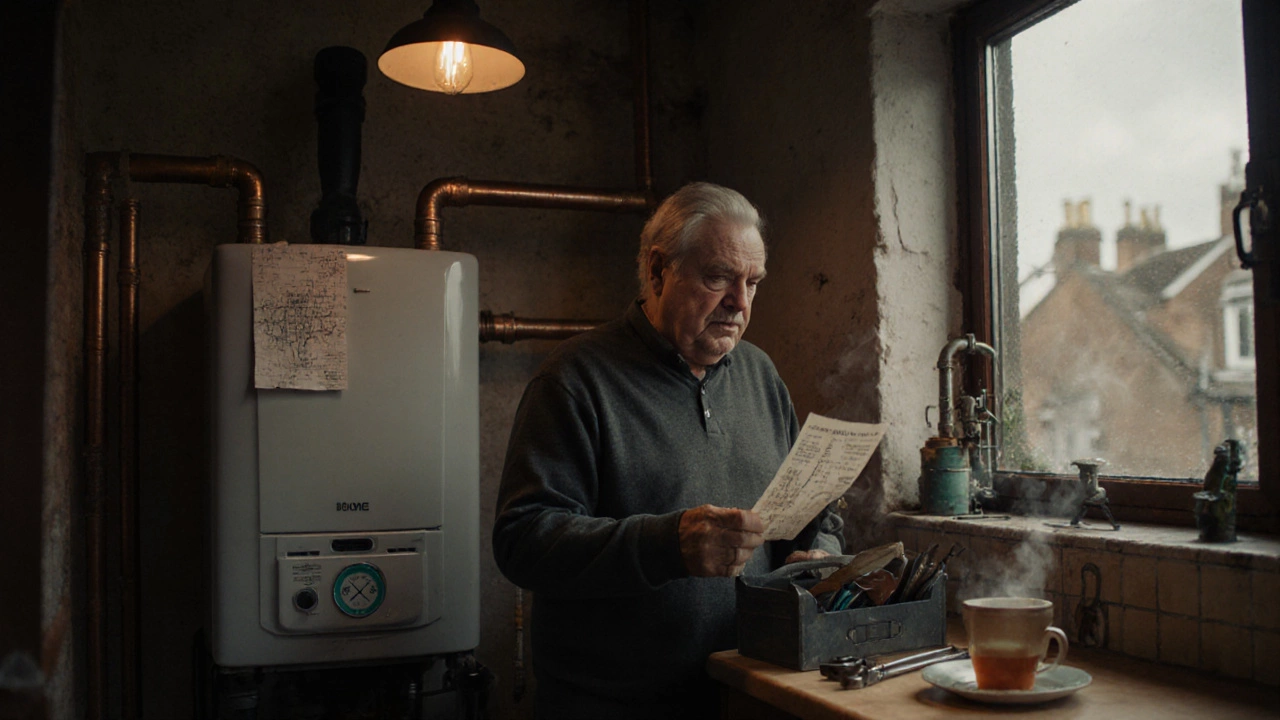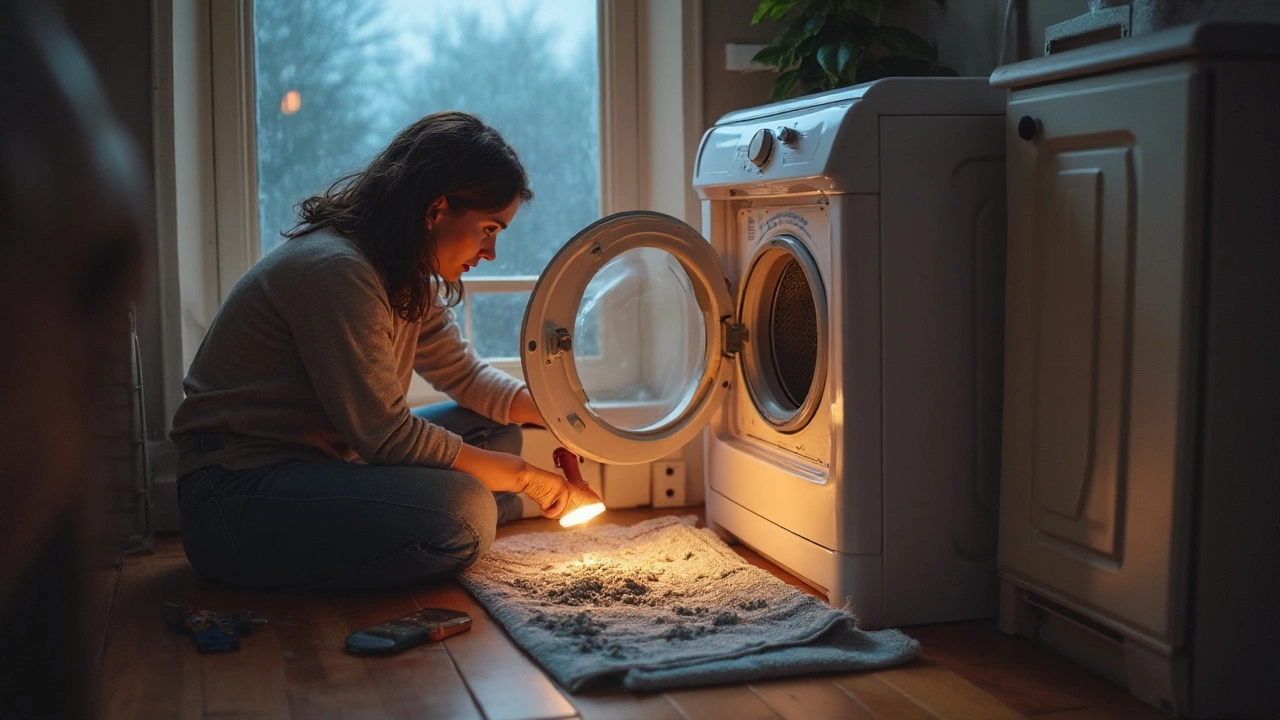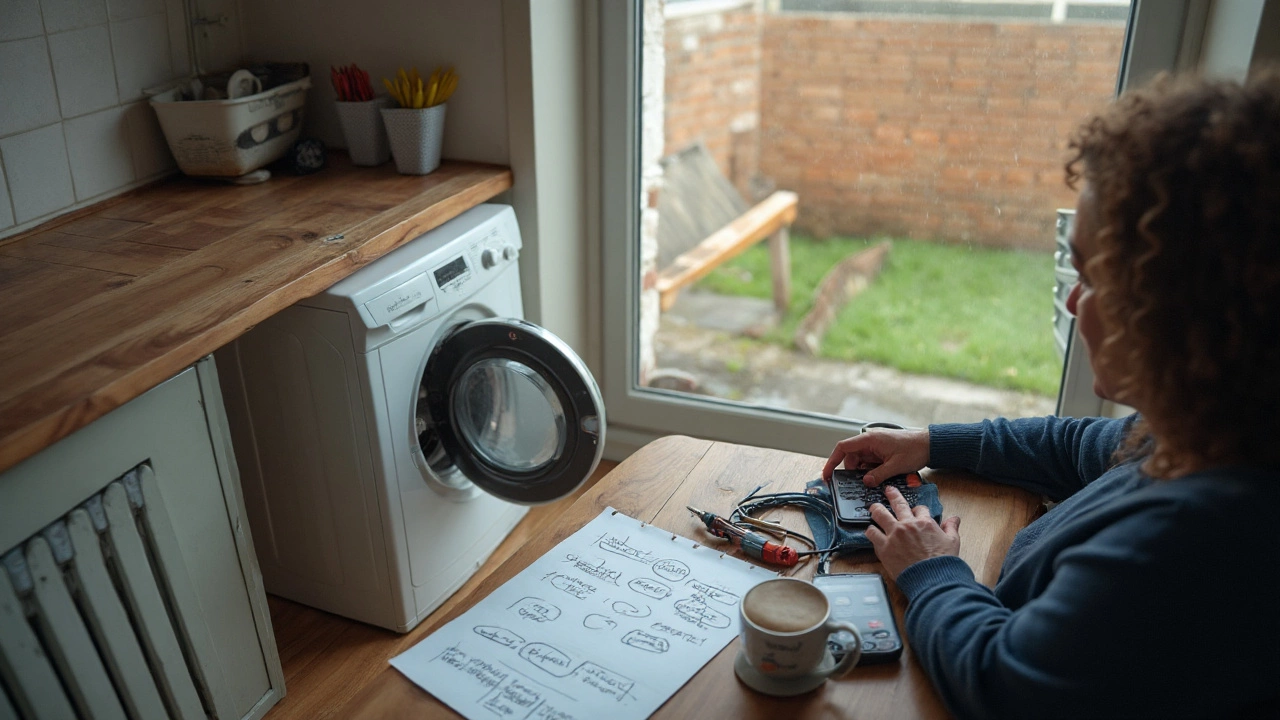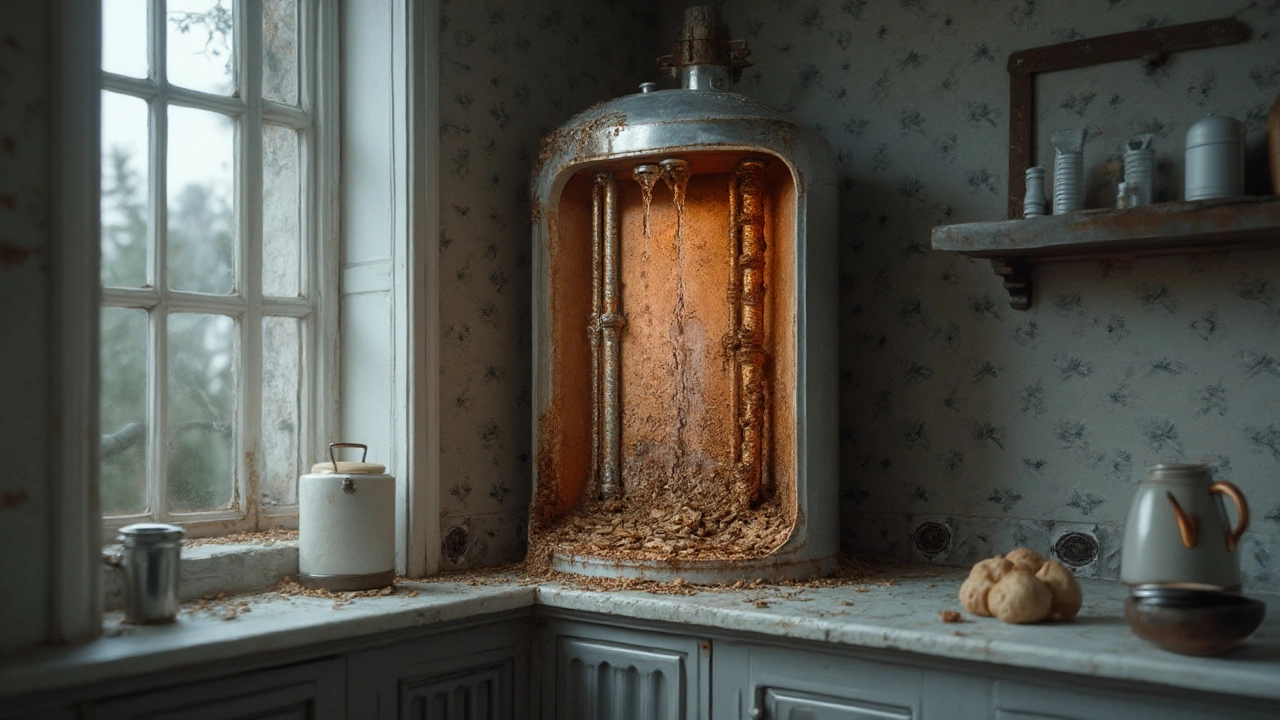September 2025 Appliance Repair Archive
If you’re scrolling through our September posts, you’ll see a mix of real‑world problems and straight‑to‑the‑point fixes. We covered everything from old boilers to stubborn dryers, and we kept the advice practical so you can decide whether to roll up your sleeves or call a pro.
Keeping Your Boiler Efficient
Our piece on a 20‑year‑old boiler asked the tough question: is repair worth it? We broke down three things you need to check – the repair cost versus a new unit, safety concerns, and how much energy you’ll waste if you keep the old model. If the fix costs more than half the price of a modern boiler, the scales tip toward replacement. Safety is non‑negotiable; a dated gas‑safety certificate can hide leaks or faulty valves. Finally, newer boilers can be up to 30% more efficient, which means lower bills and a greener home.
Tackling Dryer, Washer & Water Heater Issues
Dryers were next on the list. We identified the most common faults – no heat, won’t spin, and taking forever to dry. A quick test of the lint filter, vent, and heating element can tell you if a simple clean‑up will do the trick. If the drum doesn’t turn, the belt or motor is likely the culprit, and that’s a job for a technician.
When it comes to washing machines, age matters but not in a simple way. Our 2025 guide split machines into front‑loaders, top‑loaders, and compact units, giving each a typical lifespan of 8‑12 years. We showed a cost‑benefit table: a $150 repair on a 6‑year‑old washer usually pays for itself, but a $400 fix on a 13‑year‑old model often means you’ll spend more on future breakdowns. Energy‑star models use less water and electricity, so replacing an old machine can shave up to $100 off yearly utility bills.
Water heaters got their own spotlight because the #1 cause of failure is tank corrosion from a depleted anode rod and built‑up sediment. We explained how to spot the warning signs – rusty water, strange noises, and reduced hot‑water output. Flushing the tank once a year and checking the anode every two years can add 5‑10 years to the unit’s life. If the tank is leaking or the corrosion is severe, a replacement is safer than a patch‑up.
All four posts share a common thread: knowing when to repair and when to replace saves money and avoids headaches. Take a moment to assess the age, cost of parts, and energy impact of each appliance. When you’re unsure, give us a call – we’ll do a quick diagnosis and let you decide the best route.
Stay tuned for next month’s round‑up. We’ll be looking at refrigerator door seal failures, oven heating element tricks, and smart‑home tips for monitoring appliance health. Until then, keep your home running smoothly with the right mix of DIY checks and professional help.

Repairing a 20‑Year‑Old Boiler: Is It Worth It?
Find out if fixing a 20‑year‑old boiler makes sense by comparing costs, safety, energy efficiency, and longevity.

Dryer Problems: What Usually Goes Wrong and How to Fix Them
The most common dryer faults, what causes them, how to diagnose them, and when to fix or call a pro. Clear steps, costs in AUD, safety notes, and prevention tips.

What Age Is Old for a Washing Machine? Lifespan, Repair or Replace Guide (2025)
Wondering when a washer is "old"? See lifespan by type, repair vs replace math, costs, energy savings, checklists, and an Aussie-savvy decision guide for 2025.

The #1 Cause of Water Heater Failure and How to Prevent It
The most common cause of water heater failure is internal tank corrosion from a depleted anode and sediment. Learn signs, prevention, and repair-vs-replace tips.